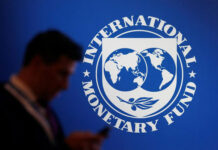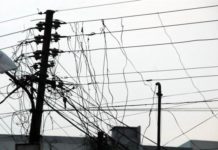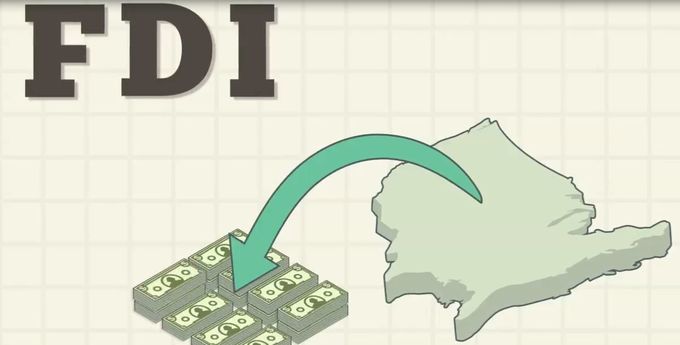- FDI faces oscillating trend despite CPEC investments
The State Bank of Pakistan (SBP) disclosed that for the period July to December 2016 the Foreign Direct Investment (FDI) amounted to US$1.08 billion, registering a growth of over 10 per cent versus the US$978 million FDI for the same period in the last fiscal year.
As per the data, the overall investment has been increased by 52 per cent to approximately US$1.8 Billion for the period July to December 2016, due to the inclusion of the borrowings under the Eurobond offering by the government. The fact is that FDI inflows into Pakistan have maintained a steady decline, from a peak of US$5.2 billion in the period 2007-08, mainly as a result of a fragile security situation, ongoing political instability, and serious governance issues. In contrast to the investment situation in Pakistan India has been able to consistently attract FDI of around US$25-30 billion annually.
The total foreign investment increased by 11.4 per cent during July-December 2016 as compared to US$741 million in July-December 2015. FDI has shown an oscillating trend over the past three years despite the much-hyped CPEC investments. During December 2016 a major investment from the Netherlands for the acquisition of a 51 per cent stake in Engro Foods by Friesland Campina valued at US$460 million helped improve the FDI situation. As a result of the Netherland investment and inflows from UAE and China the inflows for December 2016 alone contributed around 55 per cent of the total FDI for six months.
Based on the six-month FDI the food sector remained dominant with almost 50 per cent of the inflows going towards the purchase of the Engro Foods stake.
The portfolio investment in equity market fell by 7.4 per cent in July to December 2016 to US$237 million as against US$254 million in the same period last year.
On an aggregate basis, China and Netherlands accounted for 61 per cent of the six month FDI till December 2016. This in itself is an alarming sign, as it serves to show the reluctance of larger investment partners in making economic and financial forays into Pakistan. While the law and order situation has improved considerably in the last two years as a result of the firm resolve shown by the Armed Forces in combating terrorism, there is considerable apprehension in the implementation of the National Action Plan (NAP) and the issue of institutional corruption. The Panamagate case has also not been a positive for the country, having inflicted considerable reputational damage internationally.
Alongside the low level of investment inflows, the government continues to enhance the fiscal burden through the grant of subsidies. A recent case in point is the Rs.77 billion subsidy announced to the agricultural (fertiliser) sector and the Rs.180 Billion relief package for the Textile sector. This is on top of the subsidies and rebates being offered to the other sectors of the economy. While the agriculture and textile sectors are the mainstay of the economy, such arbitrary announcements appear to be more of political gimmicks as opposed to well-thought out fiscal and economic strategies. The burden of such actions has to ultimately be borne by the tax payers and the people of the country.
The government continues to be criticised for the debt accumulation, both external and internal; the recent Sukuk offering of US$1 Billion as well as mortgaging of key national assets for collateralizing borrowings. Intensive efforts and policy initiatives are required by the government to have a meaningful increase in the FDI in Pakistan.
At the same time as part of the structural and fiscal reforms, the government needs to lessen the fiscal burden and learn to live within its means, by increasing inflows. This is possible only by creating an environment for providing competitive conditions, a level playing field, and long-term economic vision.
























